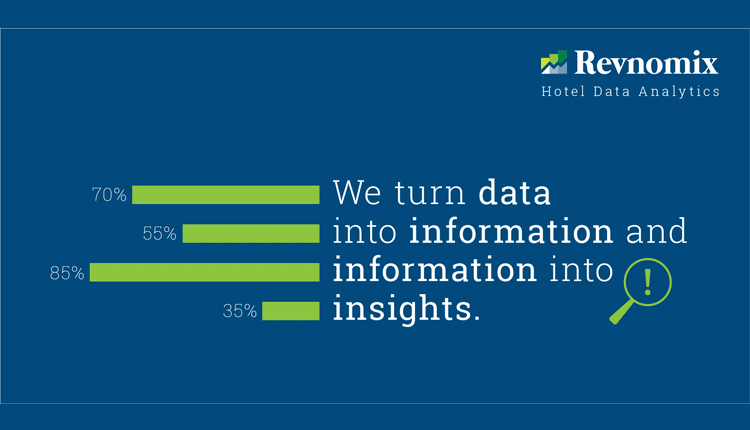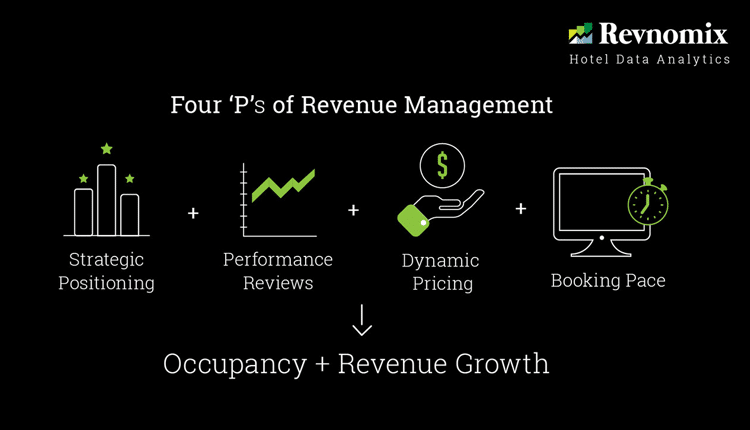Understanding the Importance of Yield Performance Analytics
In the complex world of hospitality, data analytics has become an indispensable tool for success. Yield Performance Analytics enables hotel owners and revenue managers to make informed decisions based on actual performance data. With bookings flowing from various channels, feeder markets, and segments, hotels must manage a vast array of variables. Advanced analytics help in forecasting demand, optimizing pricing, and improving revenue strategy.
Using tools such as hotel revenue analysis, hotels can:
1. Assess the performance across multiple booking windows
2. Avoid flat-rate strategies that ignore market dynamics
3. Forecast demand up to 365 days in advance with precision
Platforms developed by Revnomix consolidate data from PMS, CRS, RMS, and rate shopping tools, offering real-time insights into pricing and performance.
Building a Yield Management Strategy with Analytics
A smart yield management strategy is driven by deep insights into customer behavior, seasonality, and competitor trends. Hoteliers should analyze patterns like:
Seasonality: Understand how demand volume and ADR fluctuate across seasons
Day of Week (DOW) Patterns: Price each DOW based on expected demand
Booking Pace: Track how booking speeds evolve across segments
Competitor Pricing: Monitor and respond to competitor trends using rate shopping tools
By leveraging hotel revenue optimization tools, hotels can fine-tune pricing daily, maximize bookings during peak demand, and avoid last-minute rate drops.
Leveraging Revenue Data Analytics for Smarter Decisions
Revenue data analytics transforms raw booking and performance data into actionable insights. With dashboards powered by Revnomix, hotel managers can:
1. Analyze daily booking patterns
2. Identify high-value business mix opportunities
3. Monitor geographic origin of business to target profitable feeder markets
Regular use of hotel benchmarking reports helps hotels position themselves strategically in a competitive market, ensuring better performance and profitability.
Custom Analytics Solutions by Revnomix
Revnomix provides tailored data analytics platforms for the hospitality industry. These platforms offer:
1. Consolidated data across multiple hotels on a single dashboard
2. Insights into pricing, pace, performance, and positioning
3. Real-time analytics for proactive revenue management
Our solutions bring clarity to hotel operations, empowering teams to refine their Yield Performance Analytics strategies and boost revenue.
Follow Revnomix on Facebook and Instagram to stay updated on industry trends, new features, and success stories.
FAQs About Yield Performance Analytics in the Hotel Industry
1. What is Yield Performance Analytics?
It refers to the analysis of revenue, pricing, and booking patterns to optimize a hotel’s performance and profitability.
2. How does Revnomix help with hotel revenue analysis?
Revnomix offers custom dashboards that consolidate data from various systems, enabling detailed revenue analysis and strategy adjustments.
3. Why is competitor pricing important in yield management?
Understanding competitor rates allows hotels to adjust their pricing and remain competitive, especially during peak seasons.
4. What role do hotel benchmarking reports play?
They provide valuable insights into a hotel’s position in the market compared to competitors, guiding pricing and marketing strategies.
5. How often should hotels update their yield strategies?
Daily monitoring is ideal. However, strategy reviews should happen weekly or monthly based on market shifts and business performance.
For smarter hotel revenue strategies powered by analytics, visit Revnomix today and unlock the potential of data-driven decisions.







